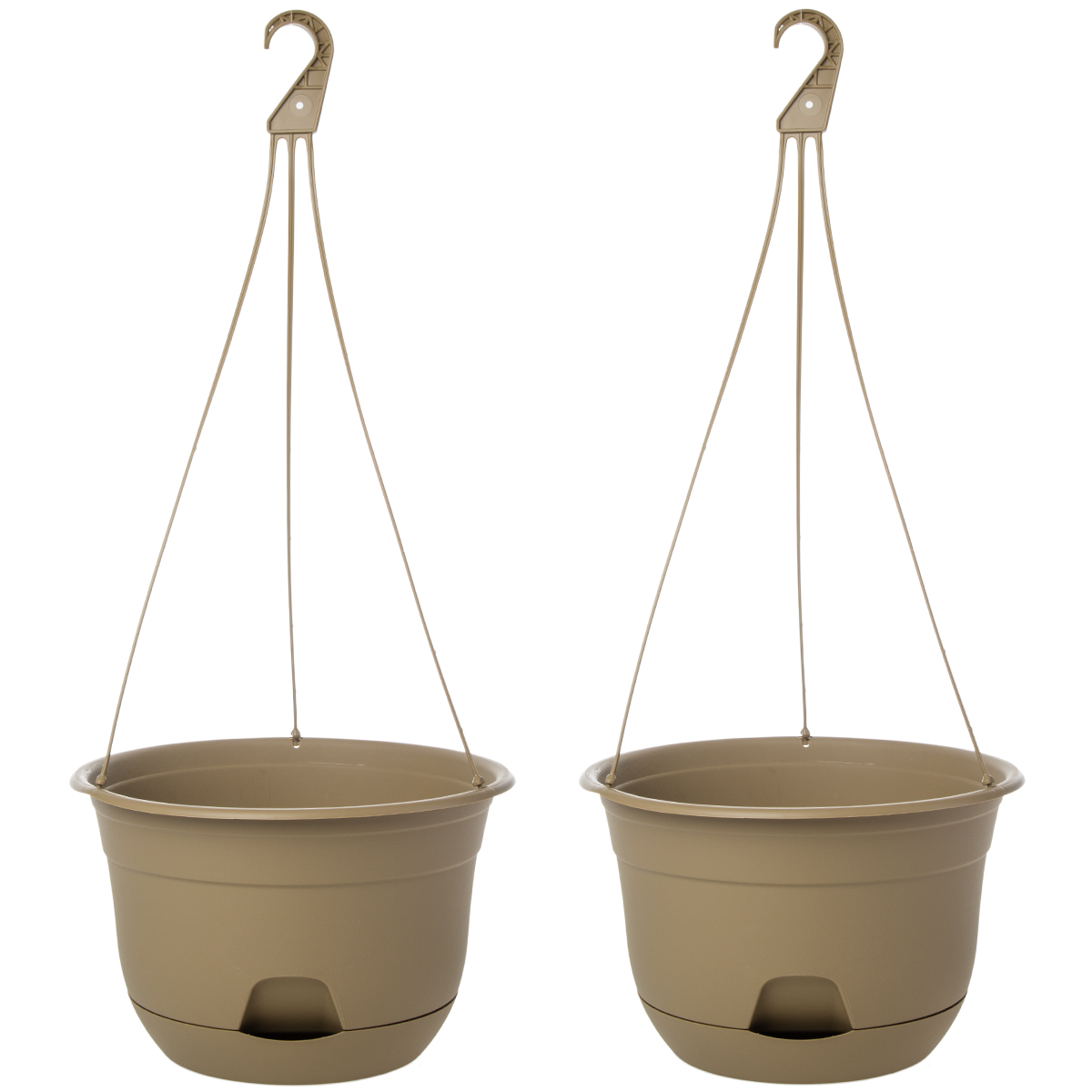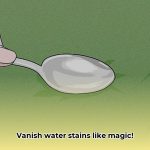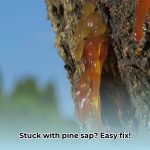Unlock effortless plant care and elevate your indoor and outdoor spaces with the magic of self-watering hanging planters. These ingenious systems offer a convenient and efficient way to keep your plants thriving, even if you have a busy lifestyle or a tendency to forget watering duties. Whether you’re a seasoned gardener or just starting your green journey, this guide will equip you with everything you need to know about choosing, using, and maintaining self-watering hanging planters. Say goodbye to the hassle of regular watering and hello to a lush paradise!
Choosing Your Perfect Self-Watering Hanging Planter
Bringing the outdoors in has never been easier! Self-watering hanging planters are transforming indoor gardening, allowing even the busiest plant enthusiasts to cultivate a vibrant oasis. These clever planters eliminate the guesswork (and the daily chore) of watering, ensuring your plants receive consistent hydration for happy, healthy growth.
Why You’ll Love Self-Watering Hanging Planters
Life gets busy, and remembering to water plants can sometimes slip our minds. Self-watering planters eliminate that worry, acting like a built-in plant sitter, especially helpful for frequent travelers or forgetful gardeners. These planters foster healthier plants by delivering a consistent water supply, preventing both underwatering and overwatering, which can lead to root rot. Beyond practicality, hanging planters enhance any space with elegance and vibrancy, creating a calming and inviting atmosphere. They’re remarkably versatile, working beautifully indoors, on porches, or balconies.
Exploring the Different Types
Self-watering planters come in various styles, each with a unique watering mechanism. Some utilize sub-irrigation systems, storing water in a reservoir below the soil, drawn up to the roots through wicking action. Others feature water indicators, providing a visual cue when it’s time to refill. Reservoir-based systems hold a larger water volume, reducing refill frequency. Each type offers its own advantages, so consider your needs and preferences when making your selection. For those keen on maximizing space, check out our guide on small space vanity solutions.
Finding the Perfect Fit
Like plants, self-watering planters come in all shapes and sizes. Consider factors like plant size (present and future growth), planter material (plastic, ceramic, metal), overall style, and budget. Numerous brands offer a diverse range of options. You can find sleek modern designs, rustic charming options, and everything in between.
Maintenance and Care
While self-watering planters simplify plant care, they still require some attention. Regularly check water levels using the water indicator or by peeking into the reservoir. Periodic cleaning prevents algae buildup and ensures the watering system functions smoothly. Occasionally, troubleshooting might be necessary. If water isn’t reaching the roots effectively, check the wicking system for clogs or ensure the soil isn’t compacted.
Decoding Self-Watering Hanging Baskets
Self-watering hanging baskets offer a low-maintenance approach to plant care, especially for those prone to forgetting watering or frequent travelers. They’re not entirely foolproof, but they significantly simplify plant care. These systems provide a reservoir of water that plants access as needed, mimicking natural moisture absorption.
How They Work
A built-in water tank at the bottom of the basket holds water. Through capillary action, wicking materials, or tubes, roots draw water as the soil dries, essentially watering themselves. Common mechanisms include reservoirs with wicks, where absorbent fabric draws water from a separate compartment, and sub-irrigation systems, where a tube or platform above the waterline facilitates controlled moisture delivery.
Pros and Cons
Pros: Less frequent watering, water conservation (potentially up to 33% depending on various factors like plant species and weather conditions, though more research is needed), healthier plants due to consistent moisture, and versatility for various plants and locations.
Cons: Higher initial cost compared to regular baskets, occasional maintenance (refilling and cleaning), and a slight possibility of overwatering if not managed properly.
Choosing the Right Basket
Consider plant size and type, reservoir capacity, and material and design to ensure the best fit for your needs and preferences.
Do Self-Watering Planters Really Work?
Yes, self-watering planters effectively keep plants hydrated. They offer a constant water reservoir, accessible to plants as needed, preventing both overwatering and underwatering. This approach simplifies plant care, making it ideal for busy individuals or forgetful gardeners.
Key Takeaways
- Effortless Watering: Reduces watering frequency.
- Plant Health: Promotes healthy roots and overall vitality.
- Water Conservation: Often uses less water than traditional methods, contributing to sustainable gardening practices. An interesting area of ongoing study is quantifying the exact water savings across various self-watering systems and plant types.
- Vacation-Ready: Keeps plants hydrated while you’re away.
- Versatility: Suitable for various plants and gardening styles. Enhance your plant care routine with our innovative self watering pots and enjoy thriving greenery with minimal effort.
How They Function
Most self-watering planters utilize a reservoir system with a wicking system that draws water up into the soil, mimicking natural moisture absorption.
Advantages
- Convenience: Reduces watering frequency.
- Plant Health: Prevents overwatering and underwatering.
- Water Conservation: Reduces overall water usage.
- Worry-Free Care: Suitable for travelers or those with unpredictable schedules.
- Style and Variety: Available in various designs and materials.
Choosing the Right Planter
Match the planter size to the plant’s needs, consider reservoir capacity, plant type considerations, and aesthetics. Some experts suggest matching the planter material to the plant’s specific needs. Terracotta, for instance, might be better suited for plants that prefer drier environments. This is an area where exploring diverse sources can provide valuable insight.
Setting Up Your Self-Watering Planter
Setting up your self-watering planter correctly is crucial for its effectiveness. Here’s a breakdown:
What to Put in the Bottom
The bottom of the planter houses a reservoir to hold water, which the plant accesses as needed.
-
Moist Potting Mix: Use a quality potting mix that retains moisture well but also drains effectively, avoiding large debris that could clog the system. Moisten the mix beforehand to a damp consistency.
-
No Standing Water: Avoid standing water in the bottom of the planter to prevent root rot. Your self-watering planter should have a built-in reservoir with a fill line or indicator.
-
Reservoir: Fill the reservoir to the designated mark. The moistened potting mix will wick water up from the reservoir as needed.
| Component | Function | Importance |
|---|---|---|
| Moist Potting Mix | Wicks water to plant roots | Provides hydration without waterlogging |
| Reservoir | Holds water supply | Ensures consistent moisture availability |
| No Standing Water | Prevents root rot | Allows oxygen flow to the roots |
| Fill Line | Indicates ideal water level | Prevents overfilling and potential spills/waterlogging |
The debate continues on adding gravel or rocks to the bottom. Some believe it improves drainage, while others argue it reduces space for water-holding potting mix. The research remains inconclusive, so personal preference plays a role. If adding rocks, use a thin layer ensuring the potting mix contacts the reservoir.
Advanced Tips and Considerations
- DIY Self-Watering Systems: Create your own self-watering system for existing hanging planters.
- Comparison Chart: Utilize a chart comparing different brands, features, sizes, and prices.
- Specific Plant Types: Consider specialized planters for succulents, orchids, ferns, etc.
- Sustainability: Choose planters made from recycled materials.
- Troubleshooting: Learn how to address common issues and maintain your planters.
- Advanced Systems: Explore systems with timers or smart technology integration.
By incorporating these elements, you can cultivate a thriving indoor or outdoor garden with less effort and more enjoyment!
- How to Remove Water Stains from Fabric: A Complete Guide - April 26, 2025
- How to Get Motor Oil Out of Clothes: Proven Methods & Expert Tips - April 26, 2025
- How to Get Deodorant Out of Black Shirts: Easy Stain Removal Guide - April 26, 2025










